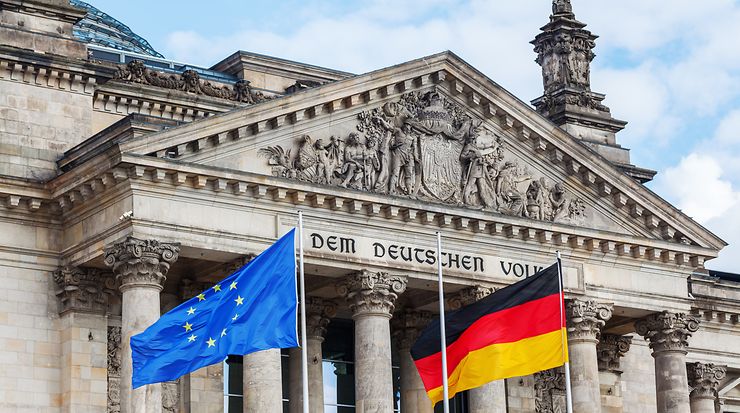Standardization facilitates deregulation

Laws and regulations create the legal framework and specify protection targets, such as those for product safety, work safety or environmental protection. To ensure these targets are met, the “accepted rules of technology” are referred to as the basis for business conduct. In this way, standards clarify the legal duty of care. This takes the strain off national legislation and reduces the associated bureaucracy by enabling the self-regulation of industry and business. The user is free to decide whether they adhere to the law or regulation by using standards or by choosing other methods. In a small number of cases, however, the use of a standard is expressly prescribed by the legislator. This is the case with standardized testing methods, which enable results to be reproducible and comparable. This relationship of standardization and politics is described as the “Public-Private Partnership” – a principle that has been part of German standardization for 100 years and was formally detailed in the so-called “Standards Agreement” between the Federal Republic of Germany and DIN over 40 years ago.
The framework for cooperation at European level is laid down in the European regulation on standardization, Regulation 1025/2012. Standardization is an instrument of deregulation that removes non-tariff barriers to trade and completes the European single market. European directives drawn up in accordance with the New Legislative Framework, such as those concerning the safety of machinery, protective equipment, toys or medical devices, contain core requirements. Compliance with these requirements is detailed in the harmonized European Standards referred to. If goods are produced in line with the standards specified by the EU, it can be presumed that the products conform to the relevant directive/s.